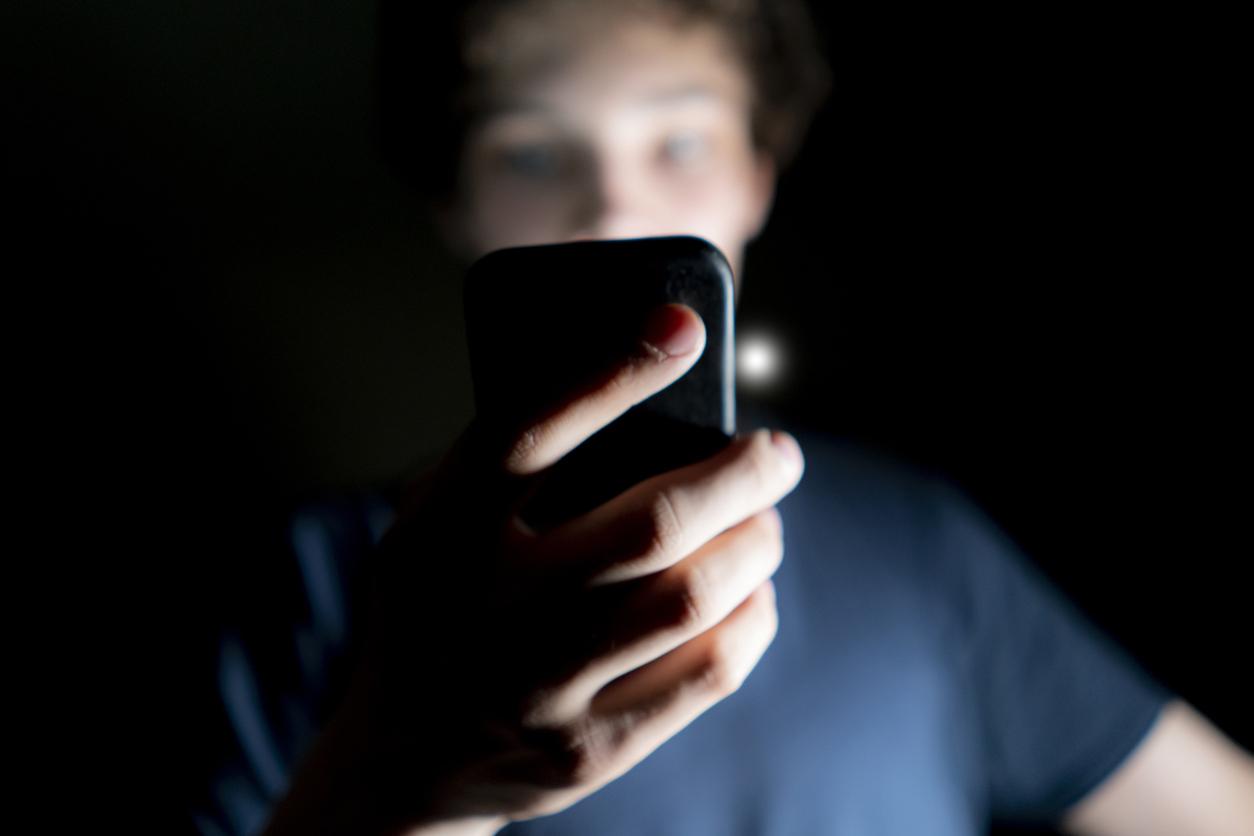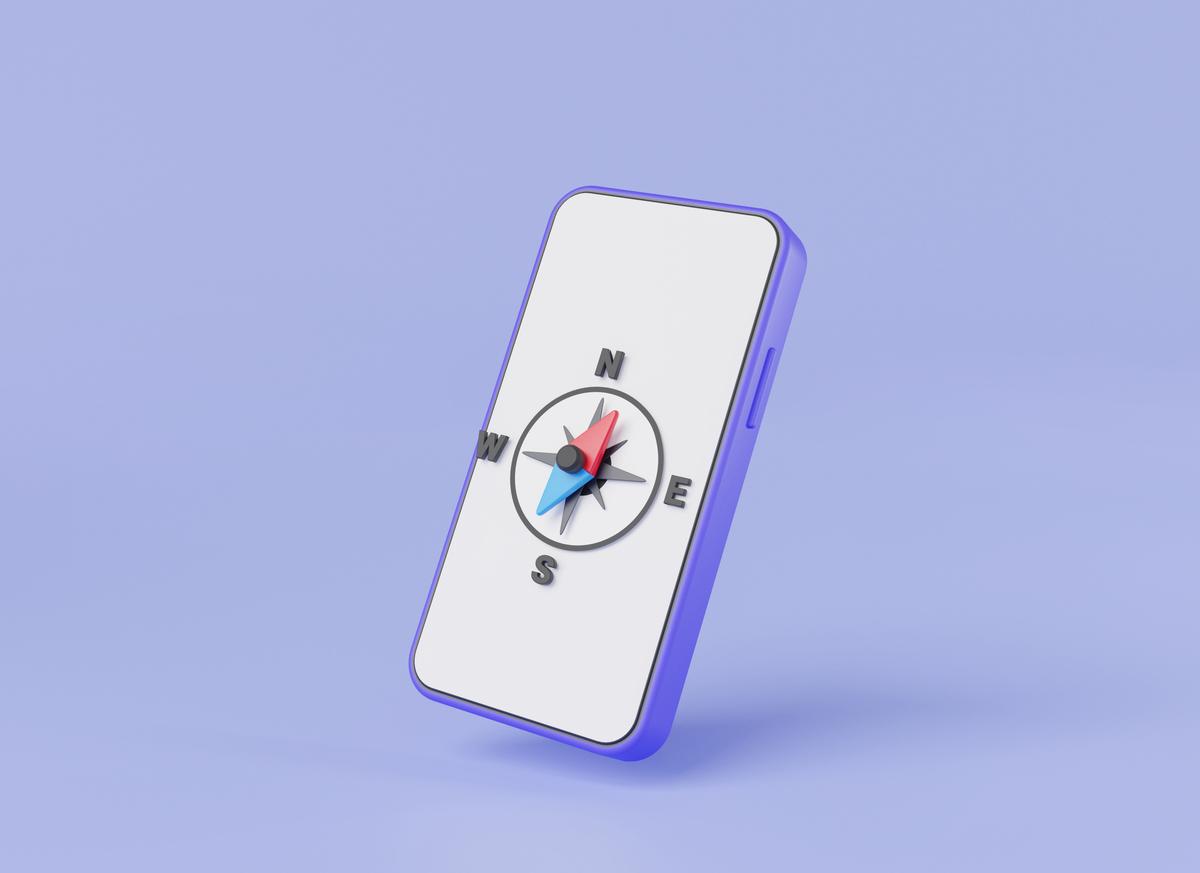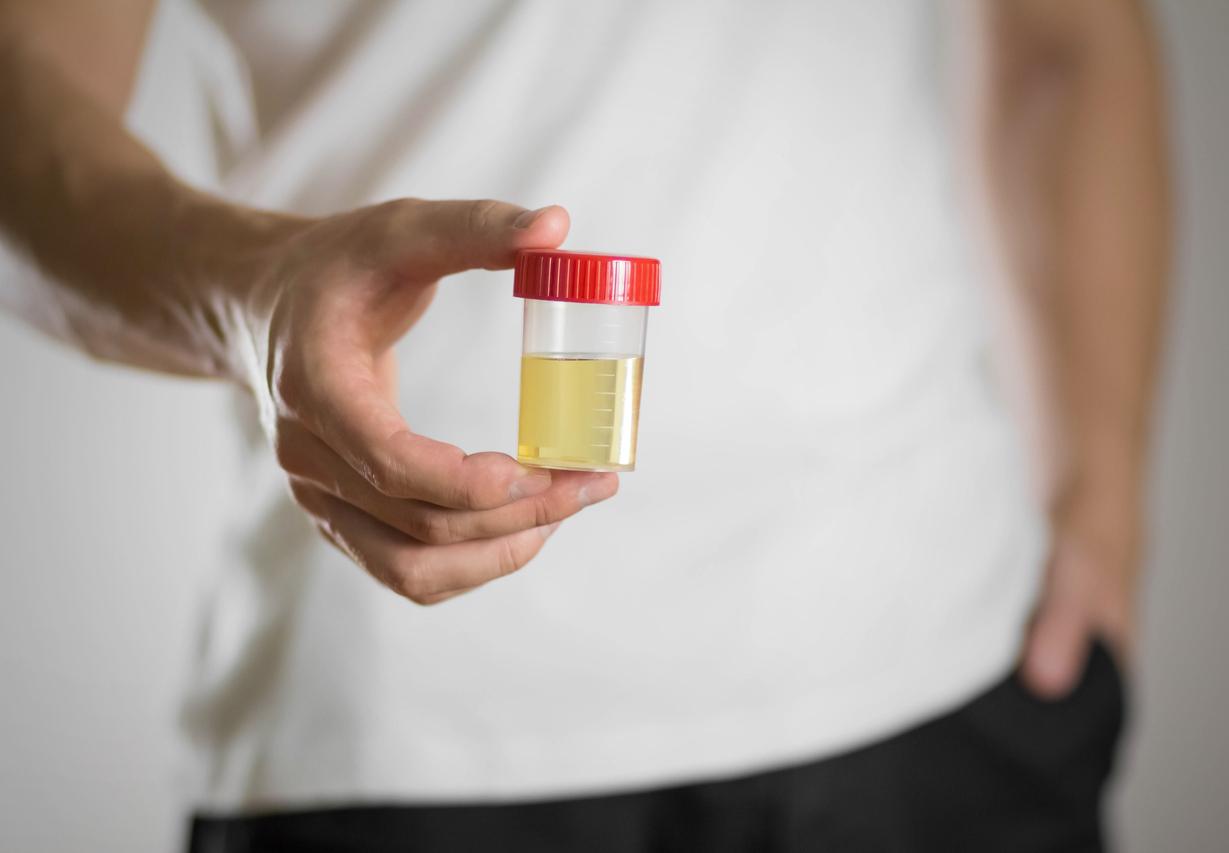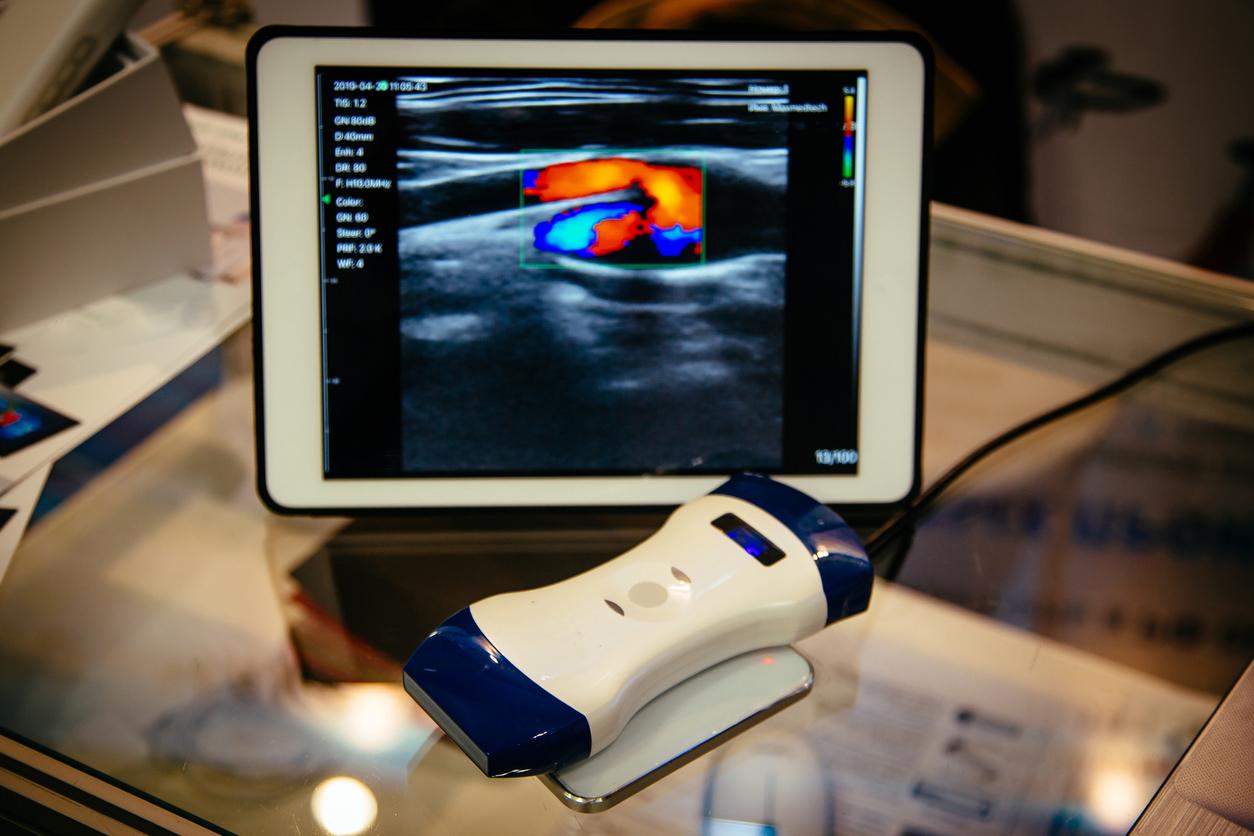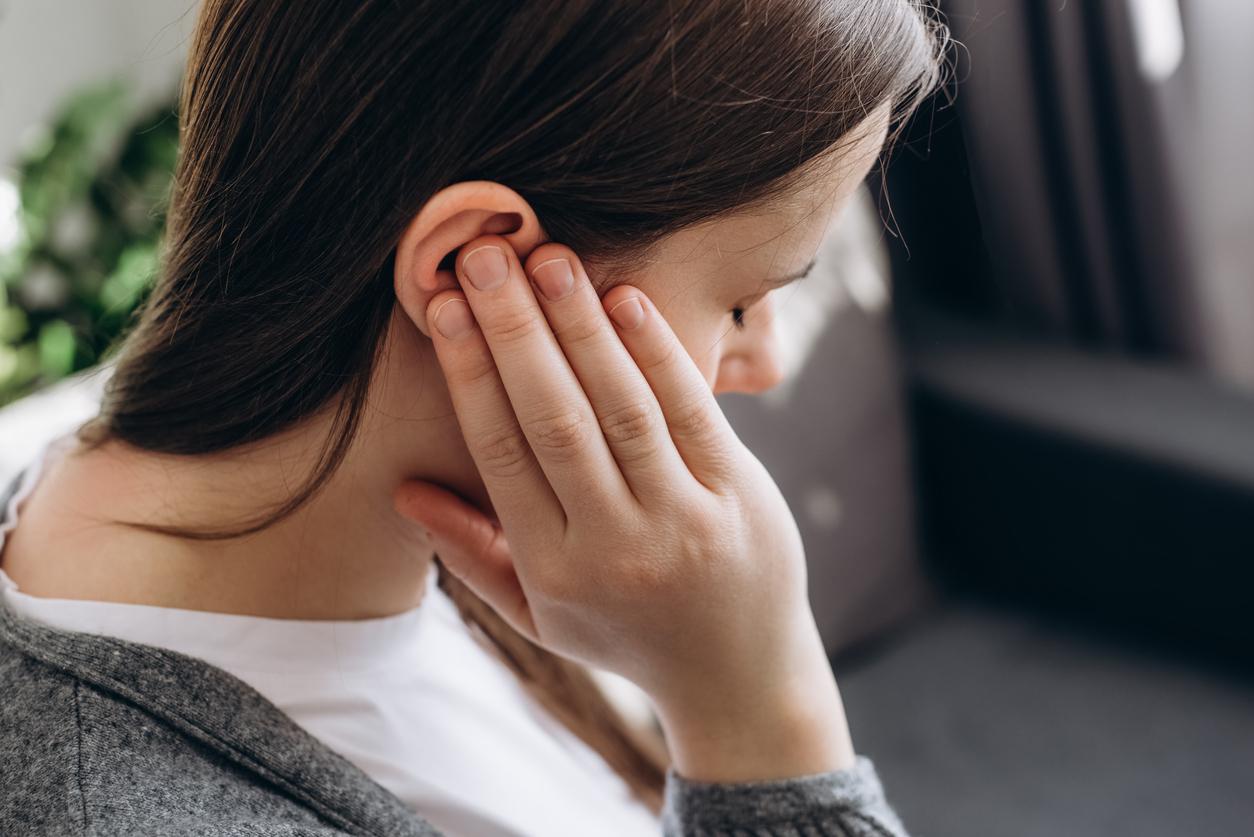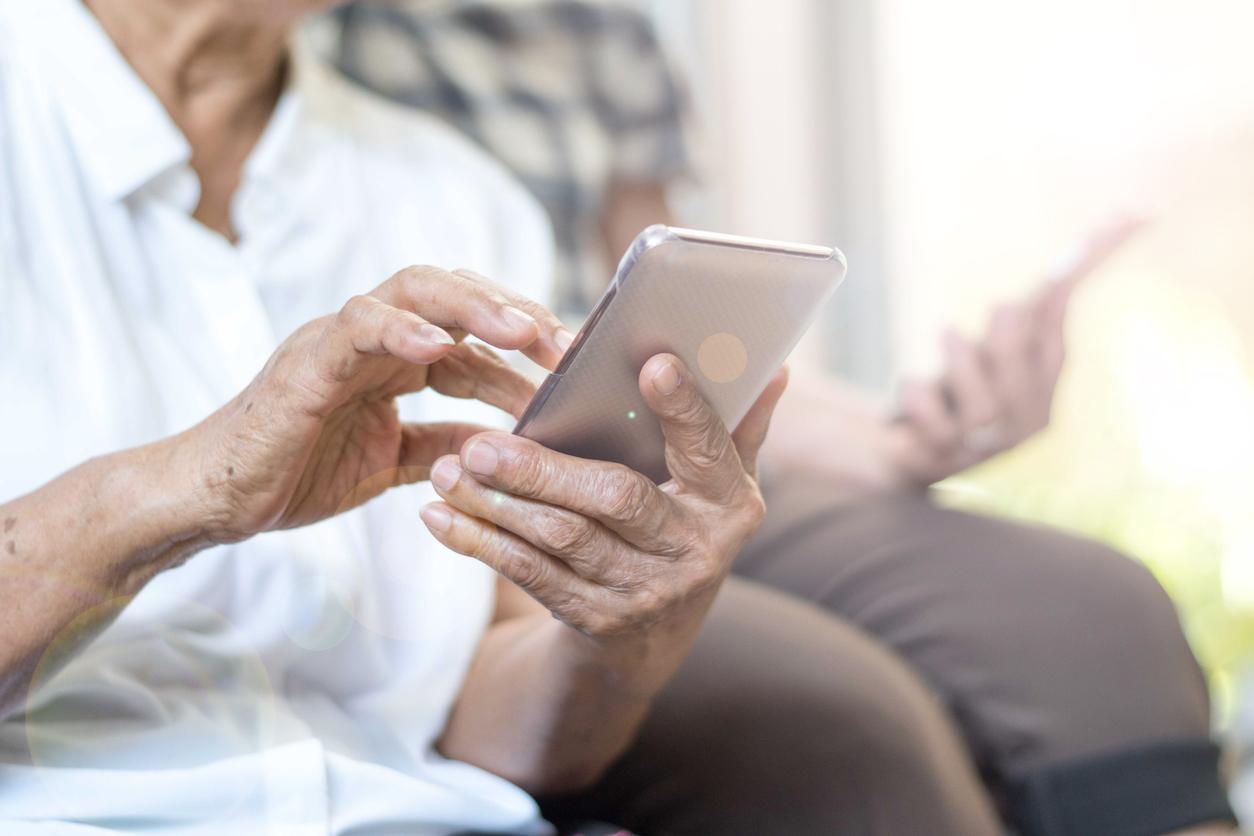This new lens is a boon for isolated hospitals, which will be able to send images directly to larger establishments via a simple smartphone
-1430839592.jpg)
What if the discovery of these researchers at the University of Houston (Texas) marked the end of expensive microscopes? In any case, this is what thearticle published in the Journal of Biomedical Optics. Indeed, the lens created by the Texan researchers could enlarge an image 120 times for a ridiculous cost, only 3 cents. Despite the ridiculously low amount, funding will be required for the mass production of these products, which are currently handcrafted by those responsible for the experiment.
In many ways, this discovery is a boon to many people. In the school environment, the relatively high cost of microscopes prevents certain establishments from properly equipping or simply modernizing their devices. Here, with a simple smartphone and this appendix added by a professor, the results will be quite close to what a scientific device could offer. Moreover, in some isolated hospitals, teams will be able to take these images and send them to larger establishments for in-depth analyzes, for example.
A chance for education
In the article, Wei-Chuan Shih explains how he and his team went about creating this lens. This is composed of polydimethylsiloxane, a material whose texture is close to honey, capable of solidifying on contact with heat. The curvature of the lens (and therefore its ability to magnify images) is a function of the contact time with a heat source. When completed, the products are similar to prescription lenses although a little thicker. No need for additional material to hold the lens on the smartphone, its natural grip allows it to be glued and removed very easily.
“I put it on my phone, and it turns out it works” says Shih. If his primary goal was to send his images to friends, the uses of this new form of lens can be manifold. The professor found the possibility of obtaining a portable microscope at an obsolete cost interesting. Additionally, many students are already using phone add-on systems to achieve the same result, and these cost $ 30-50..
Towards mass production?
The desire to create low cost microscopes is not recent. In 2013, a Canadian doctor on assignment in Tanzania created a device for less than $ 15. He had used a smartphone, a bedside lamp and a magnifying glass bought for 8 dollars for this. Of course, the results are not worthy of a professional microscope, but they can be very useful in the event of a diagnosis in the field.
Pending a sale to the general public of these lenses, Professor Shih has set up a crowdfunding page in order to raise the funds for a series production. A base amount of $ 12,000 will be required.
.







